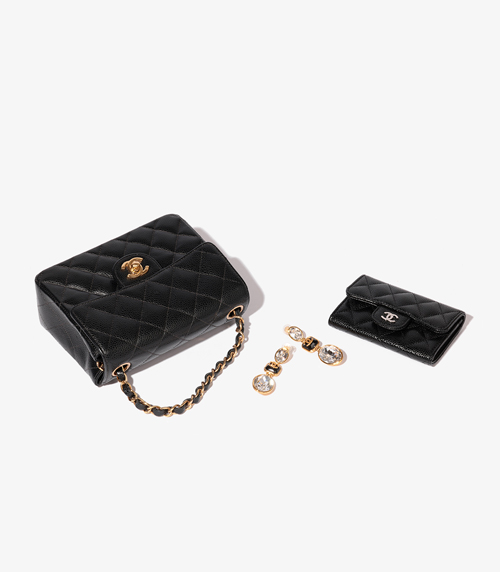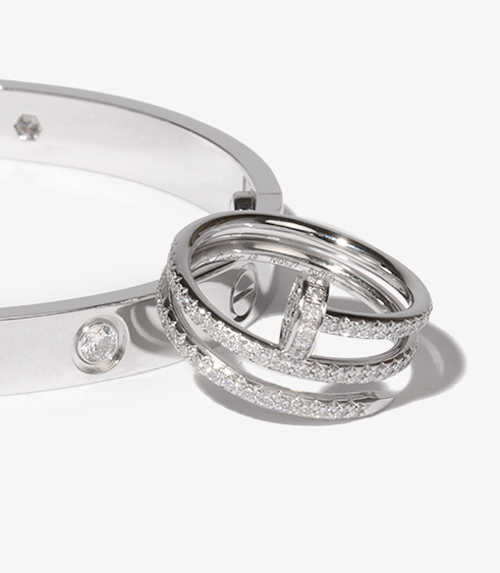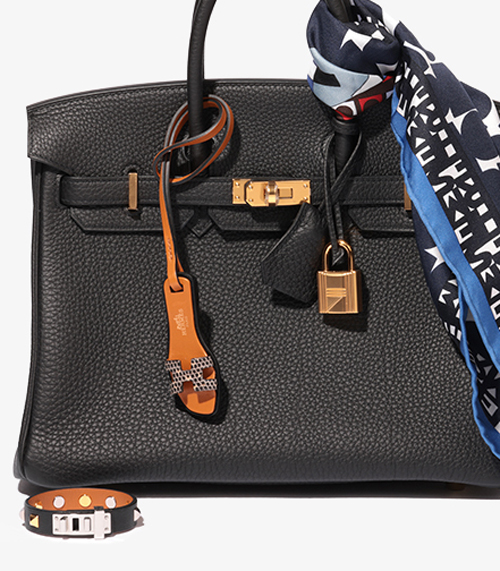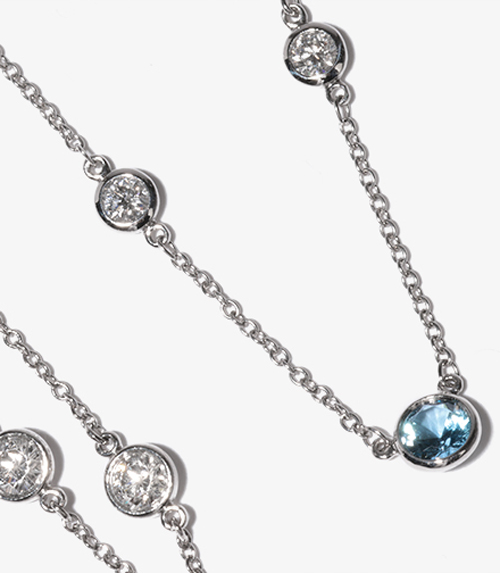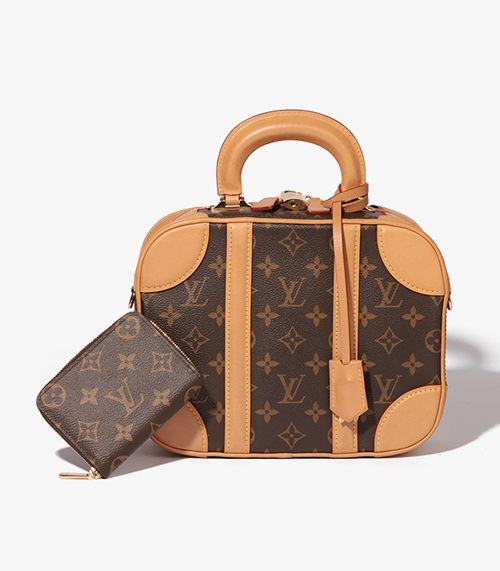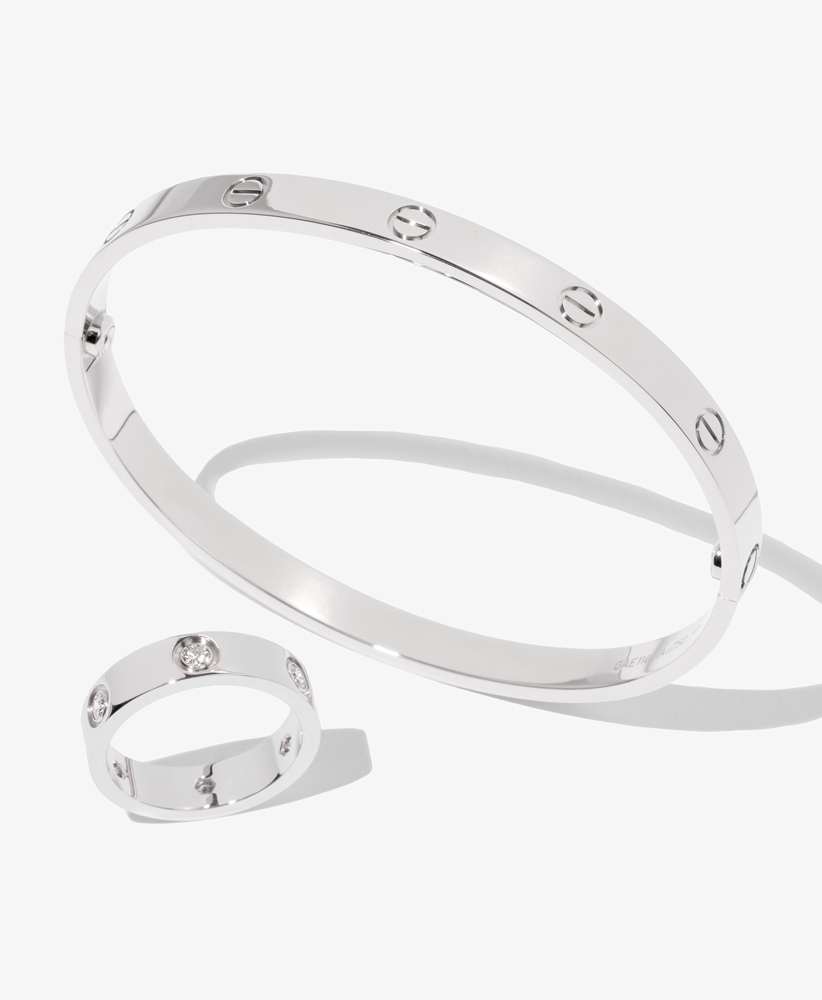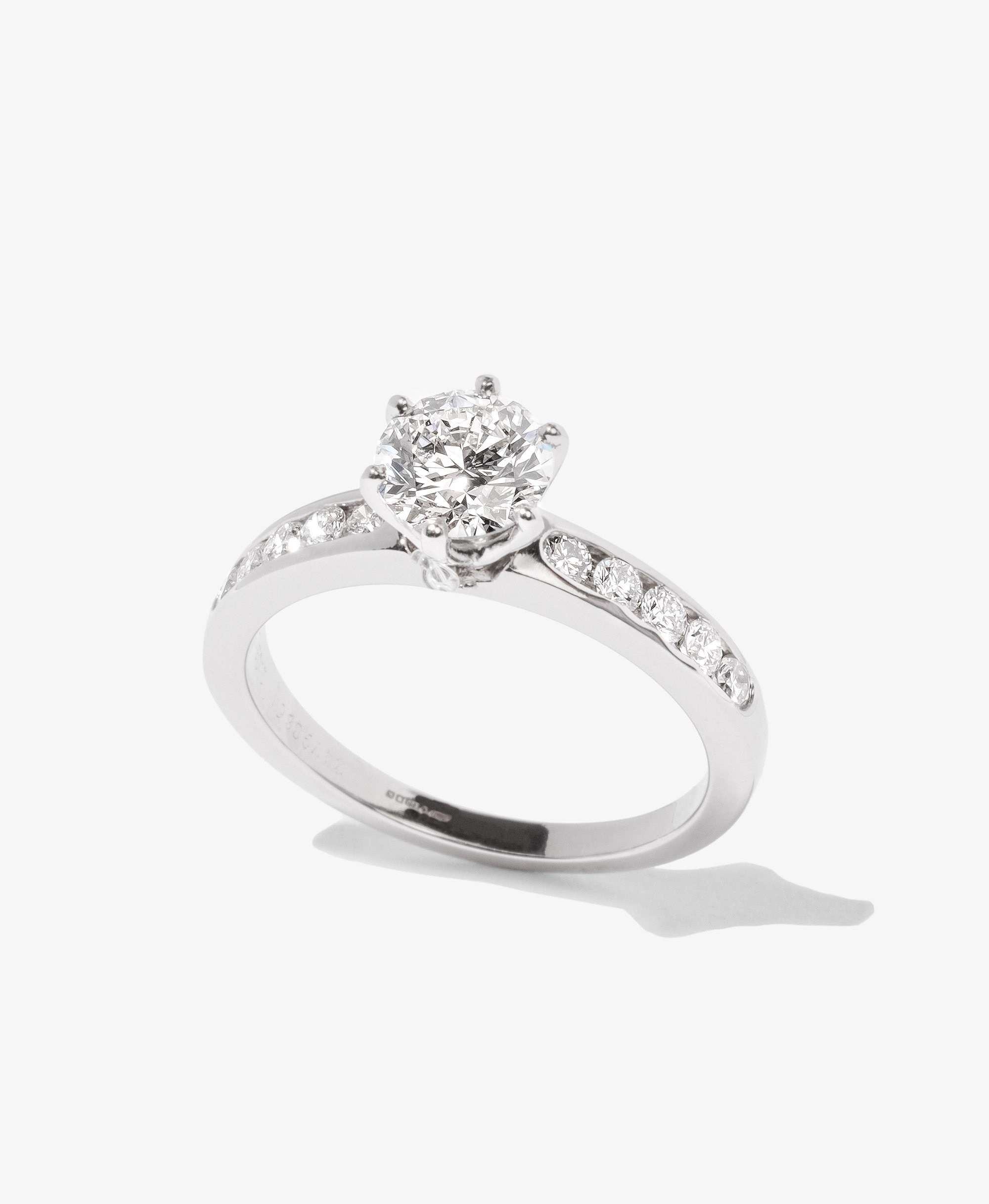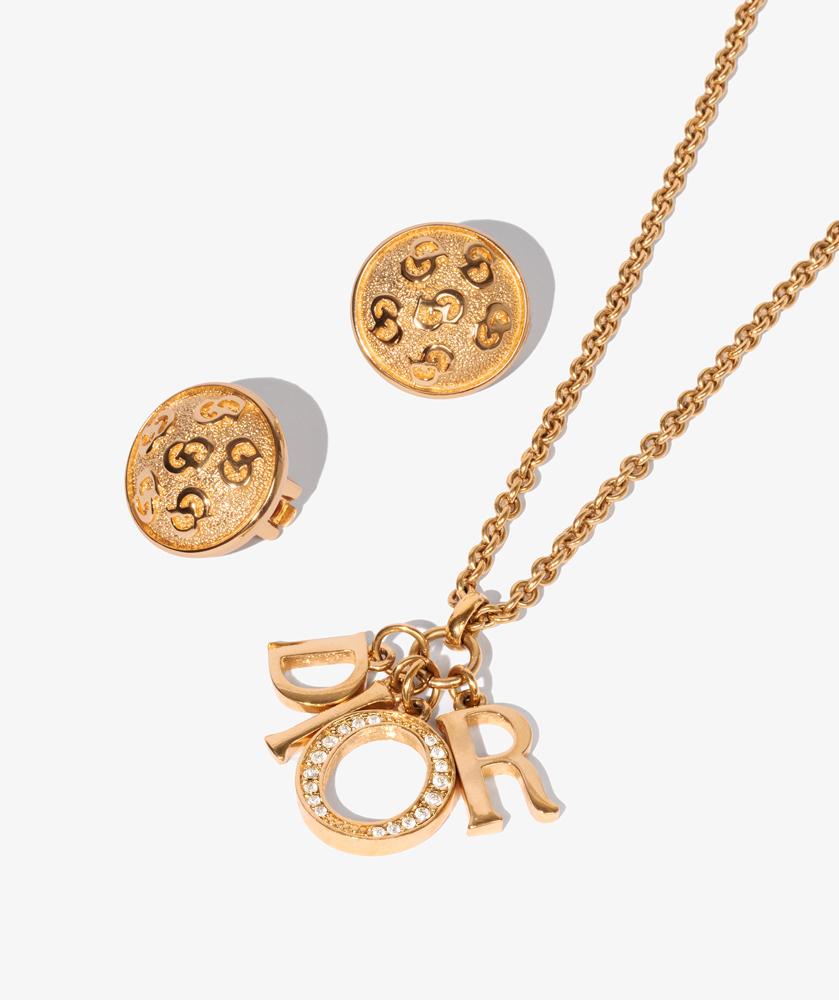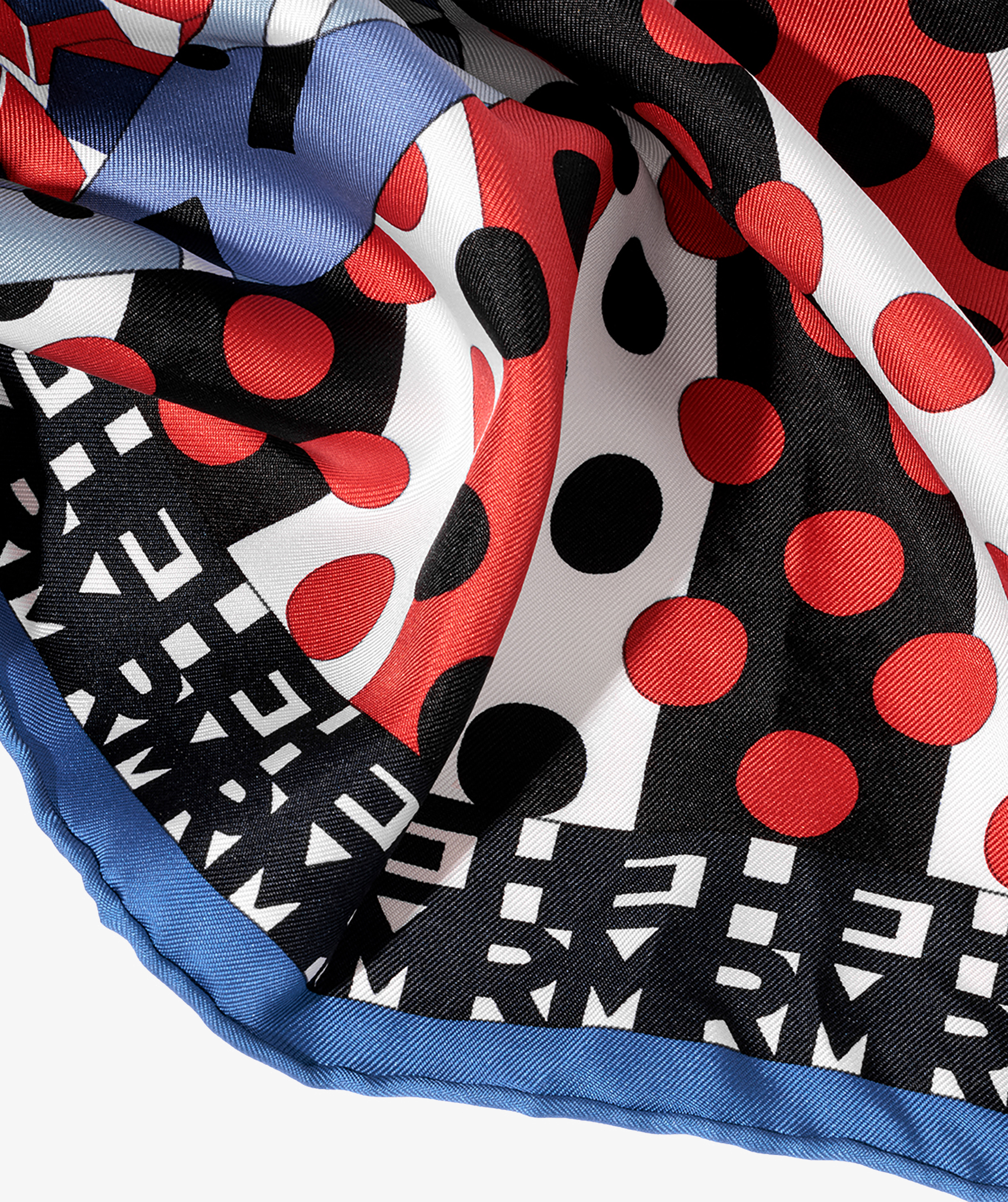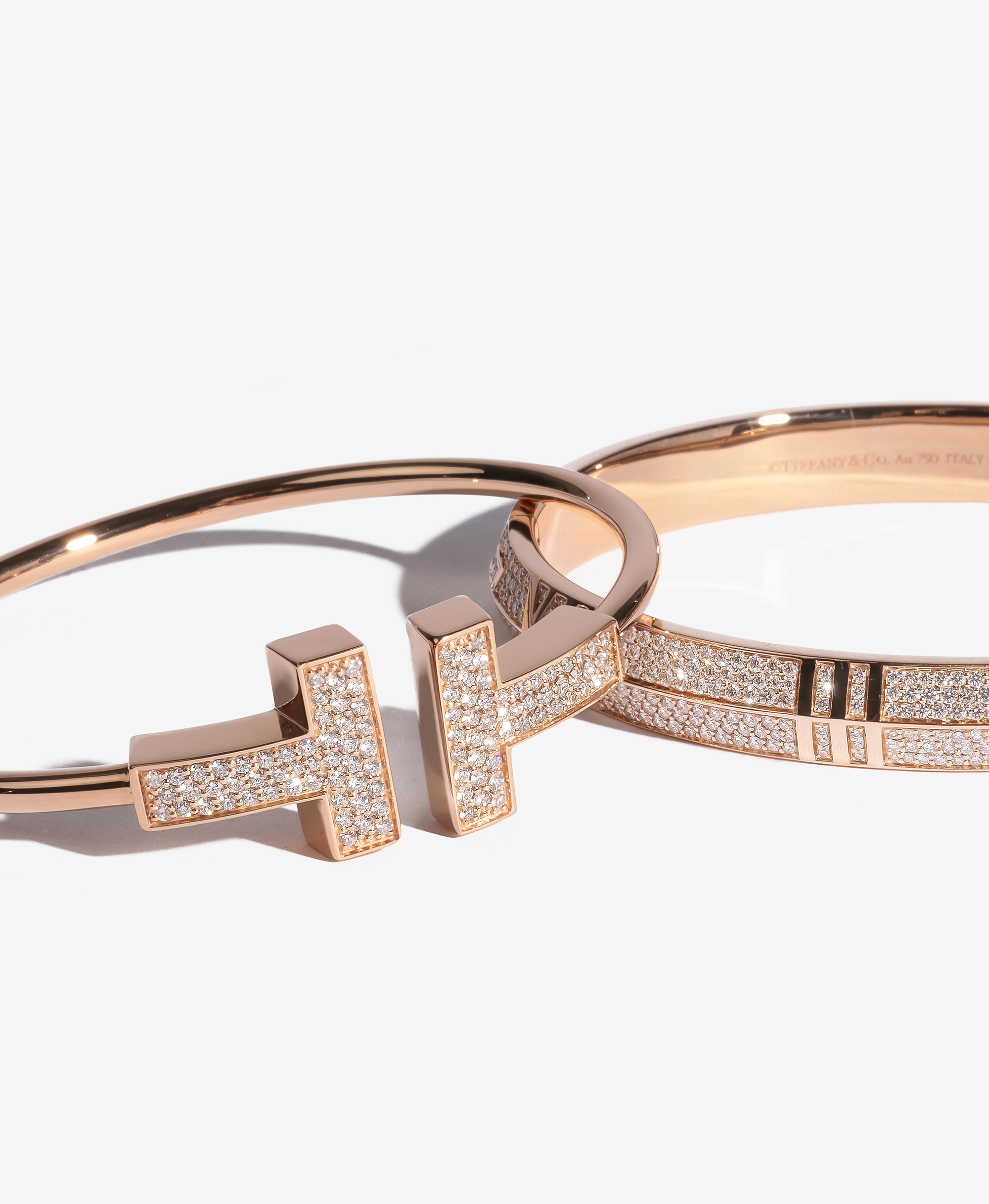Home Page
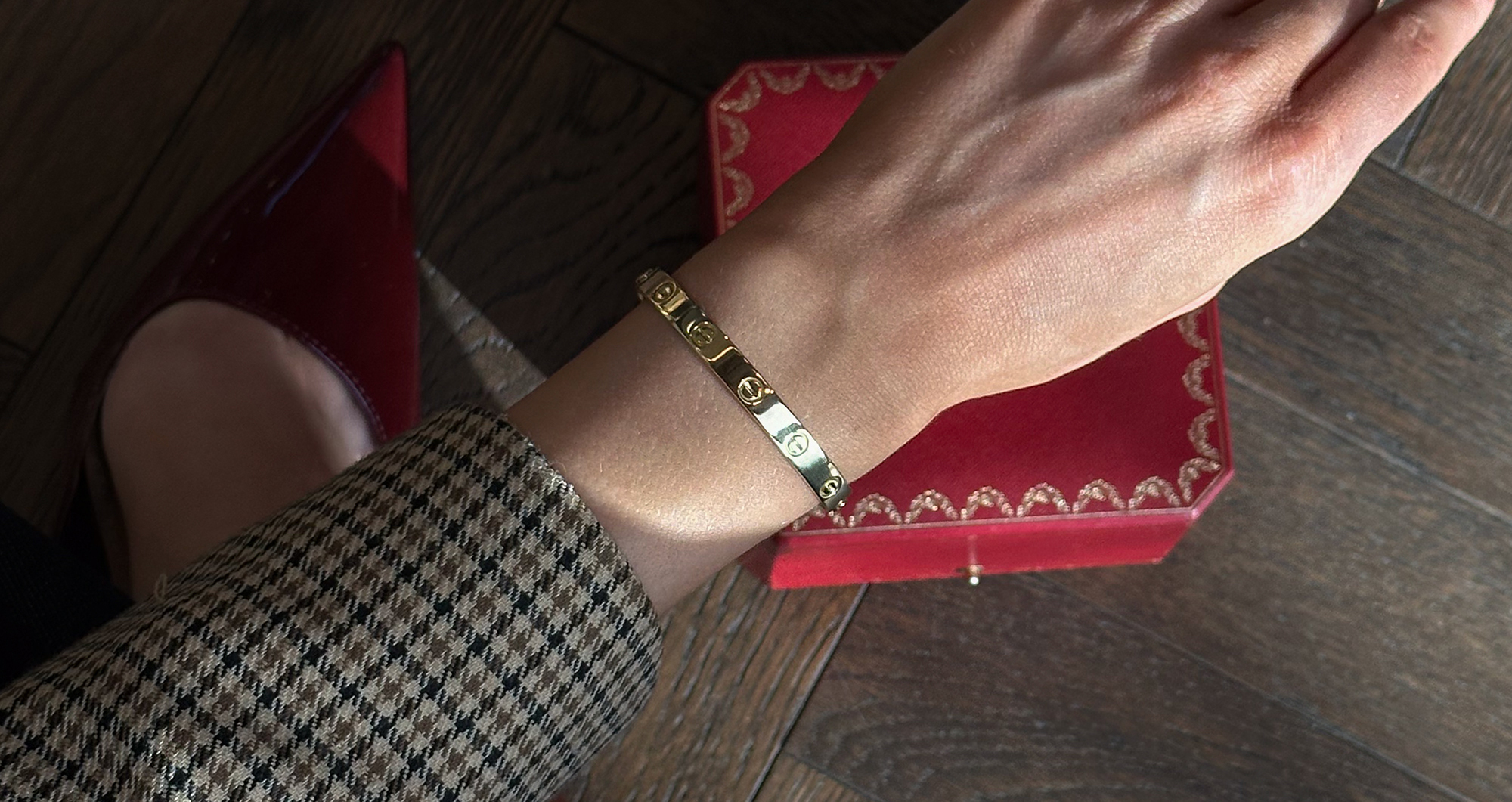
Explore our expert guide to buying a pre-loved Cartier Love Bangle. Compare metals, diamond options, sizing, and screw mechanisms — and find the perfect bangle for you.

At Louis Vuitton, materials are the heart of the House’s extraordinary legacy. From the invention of coated canvas to the introduction of embossed leather, each fabric tells a story of craftsmanship, culture, and innovation. In this expert guide, discover the rich histories, distinctive qualities, and collector insights behind the most popular Louis Vuitton canvases and leathers — from Monogram to Damier Graphite, Empreinte, Vernis and beyond. Whether you are investing in your first pre-loved piece or refining your collection, our detailed guide helps you navigate the world of Louis Vuitton with confidence.
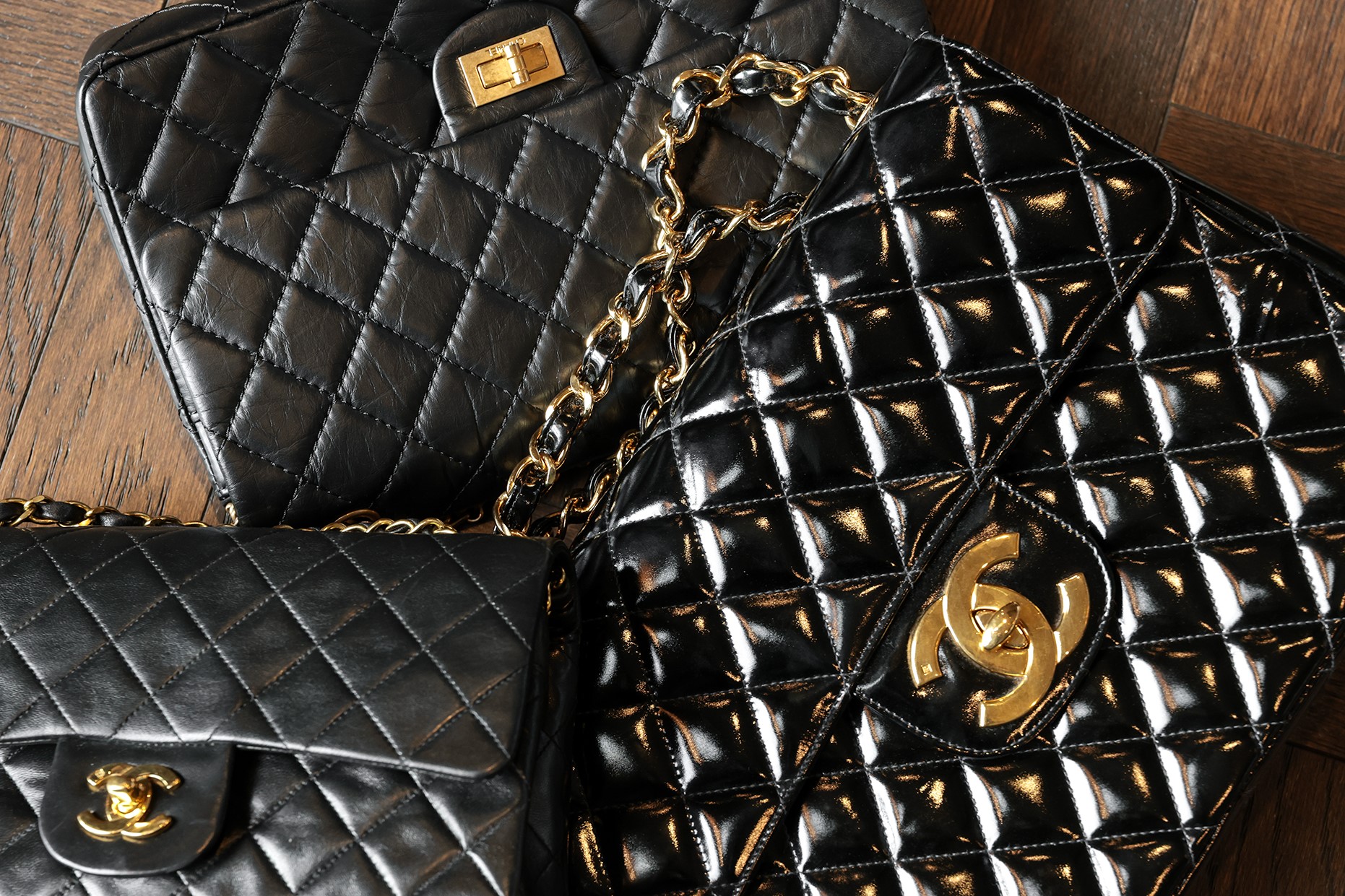
Whether you're a seasoned collector, a first-time buyer, or simply curious about the history behind these elusive codes, this guide will walk you through everything you need to know. From decoding the numbers to understanding what changed in 2021, here’s your expert breakdown of Chanel date codes.

Discover the comprehensive history and evolution of Hermès date stamps. Learn how to authenticate your Hermès products with our detailed guide on date stamps, including artisan and exotic leather stamps.

Discover the key differences between Hermès Birkin and Kelly bags in our ultimate guide. Learn about their design, versatility, investment value, and which bag suits your style. Perfect for collectors and first-time buyers.

Discover the remarkable journey of Elsa Peretti, the visionary jewellery designer who transformed Tiffany & Co. with her modern, elegant designs. Explore her legacy and the enduring impact of her creations on the world of luxury jewellery.

Discover the comprehensive history and evolution of Hermès date stamps. Learn how to authenticate your Hermès products with our detailed guide on date stamps, including artisan and exotic leather stamps.
As we step into the month of September, the conversation around sustainability and conscious consumerism takes centre stage with "Second-Hand September." This movement encourages us to rethink our shopping habits and embrace a more sustainable approach to fashion and luxury.


